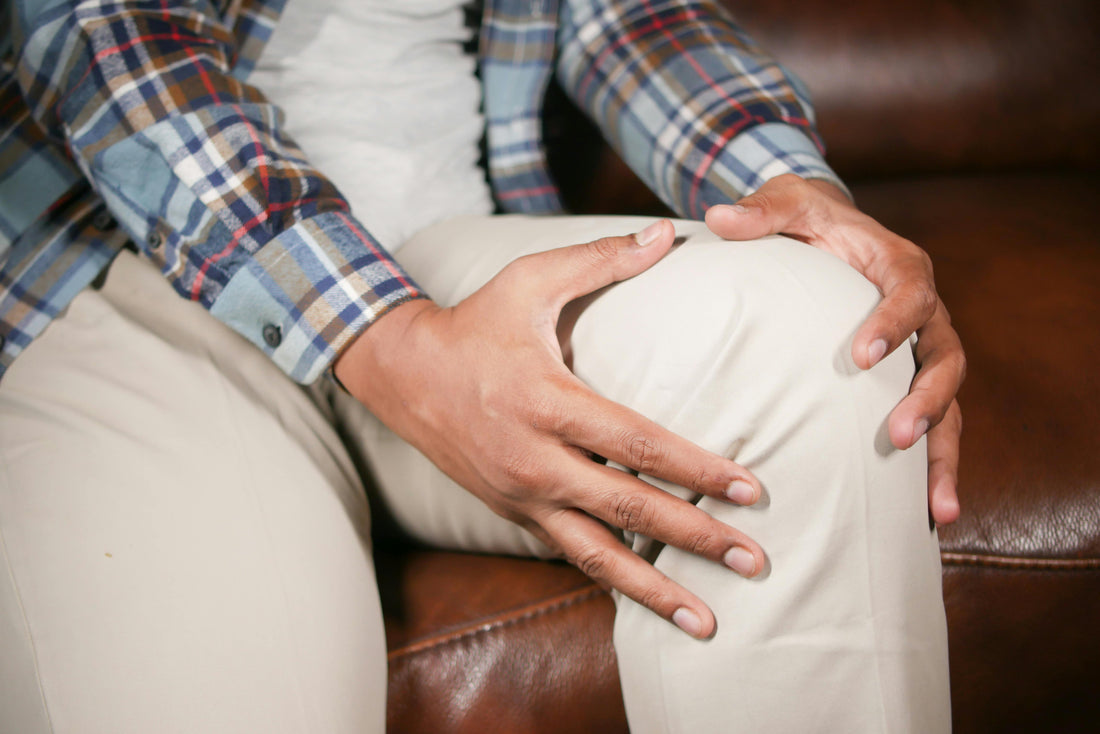
Why Strong Thigh Muscles Matter for Healthy Knees
Share
Knee osteoarthritis (OA) is a common condition that causes pain, stiffness, and reduced movement in the knees. It mostly affects older adults but can also show up in younger people, especially those who have had knee injuries. There is no cure, and severe cases may require surgery. That's why prevention is so important.
A Surprising Risk Factor: Weak Thigh Muscles
You might think that wear and tear or aging are the only reasons people get knee osteoarthritis. But recent research has shown another important risk factor—weak thigh muscles, especially the quadriceps, also known as the knee extensor muscles.
These muscles are located at the front of your thigh and help straighten your leg. When they’re strong, they help stabilize your knee and absorb shock when you walk, run, or climb stairs. But when they’re weak, your knee joints take on more stress, which can lead to damage over time.
What the Research Says
A major study that reviewed data from over 46,000 people found that both men and women with weak knee extensor muscles were more likely to develop knee osteoarthritis. This was true whether the osteoarthritis showed up in X-rays (radiographic) or caused symptoms like pain and stiffness.
Women with weak thigh muscles were especially at risk. The research found that they had about 85% higher odds of developing painful knee osteoarthritis compared to women with stronger muscles. For men, the risk was lower but still significant—about 43% higher.
Interestingly, in people who had previous knee injuries, like torn ligaments, the link between weak thigh muscles and osteoarthritis was not as strong. But men in this group still showed a higher chance of developing joint damage on X-rays.
Why Muscle Strength Helps
Strong thigh muscles help control how much pressure your knee joint experiences during daily activities. They also help maintain proper movement patterns and protect the cartilage that cushions your knee. When the muscles are weak, the joint can become unstable, and that extra strain may speed up cartilage breakdown.
How to Protect Your Knees
The good news is that muscle strength is something you can improve, no matter your age. Here are some simple, practical tips:
1. Do regular leg-strengthening exercises:
Focus on moves like squats, lunges, step-ups, and leg extensions. If you’re just starting, even sitting and standing from a chair can be a great exercise.
2. Stay active:
Daily movement—like walking, cycling, or swimming—keeps your joints healthy and muscles strong.
3. Don’t ignore knee pain:
If you have ongoing pain, get it checked. Early intervention can help prevent more serious problems.
4. Manage your weight:
Excess weight adds pressure to your knees, making strength even more important.
5. Consider seeing a physiotherapist:
A professional can guide you through personalized exercises that build strength safely.
Final Thoughts
Knee osteoarthritis can take a serious toll on your quality of life. But the research shows that keeping your thigh muscles strong may reduce your risk. It’s a simple, low-cost way to protect your knees and stay active for years to come.
